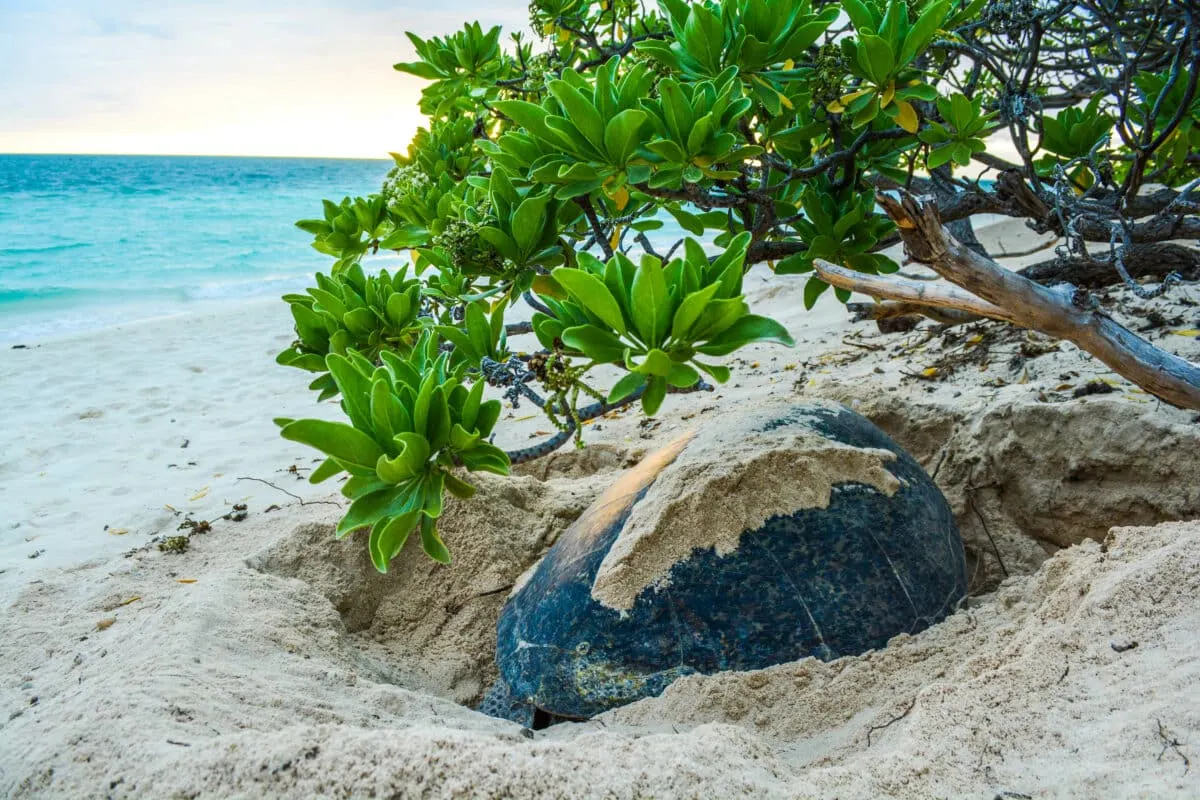From May to October, the southeastern U.S. coasts become a hub of marine activity. During this period, five turtle species, notably the loggerhead and Kemp’s ridley, embark on a significant journey. Drawn by instinct, they navigate vast ocean expanses to return to their birth beaches, using the cover of night to lay their eggs. In tandem, thousands of dedicated volunteers tirelessly comb these shorelines. Their mission: to trace turtle tracks, gather crucial population data, and protect these precious nests from both predators and human disruptions.
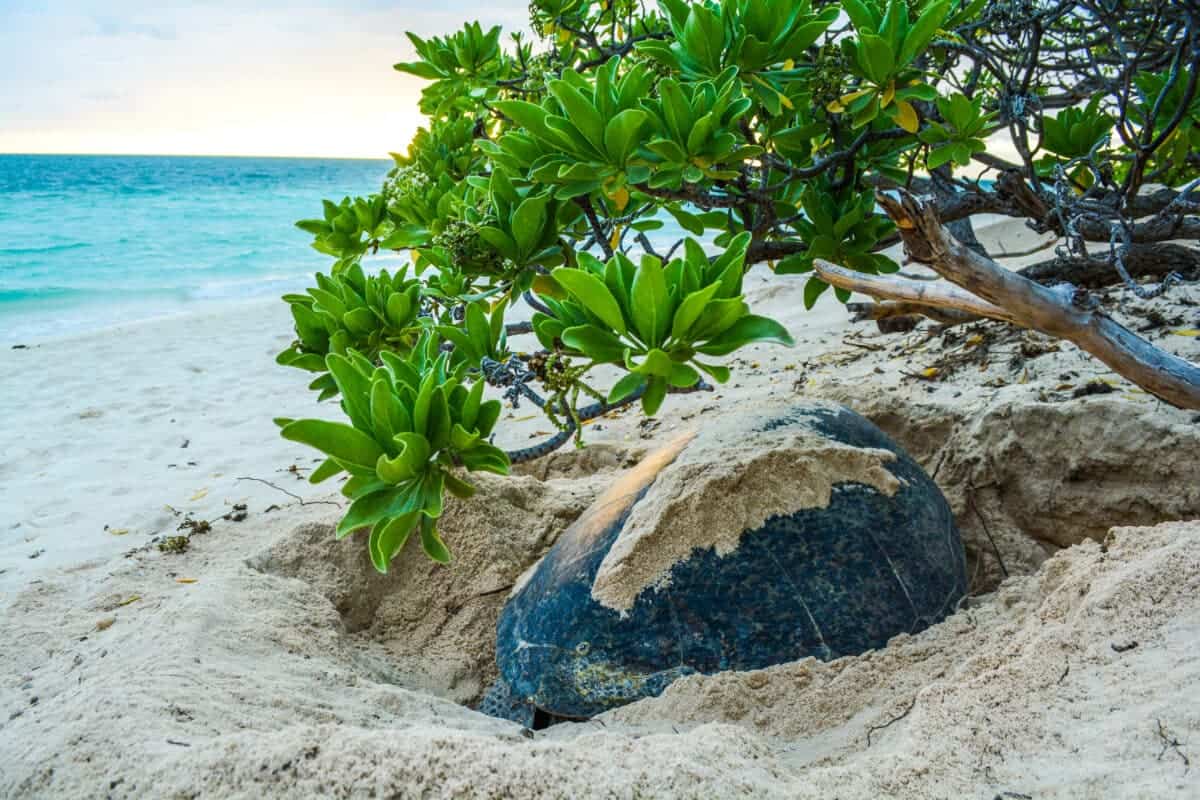
The Remarkable Journey of Sea Turtles to Their Birthplace
Sea turtles exhibit one of nature’s most fascinating navigational feats. Intriguingly, these marine creatures return to the very beaches where they were born to lay their eggs. Scientists believe this remarkable behavior, termed natal homing, is driven by the turtles’ ability to detect the unique magnetic signature of their birthplace. The Earth’s magnetic field varies across different latitudes and longitudes, providing a distinct “magnetic map.” By sensing these subtle magnetic variations, turtles can pinpoint the exact location of their natal beach, even after traveling thousands of miles in the vast ocean. This innate ability ensures that the cycle continues, with each generation retracing the paths of its predecessors.
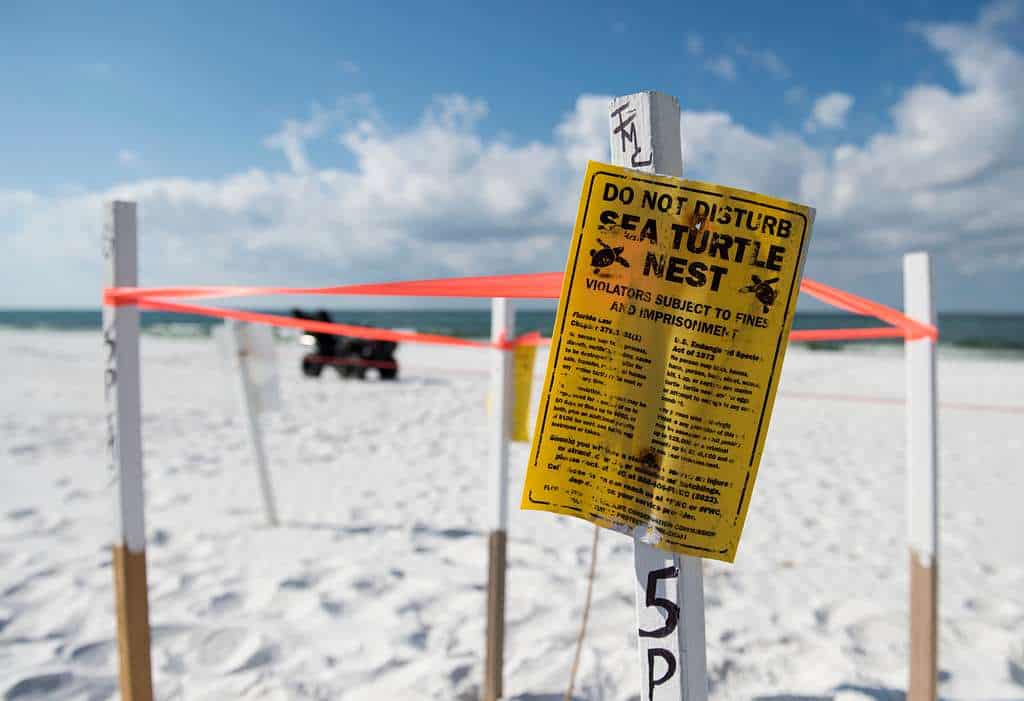
Challenges in Turtle Nest Conservation
The protection of turtle nests is met with many challenges. The imprints left behind by the turtles on the sandy shores often deceive even the most vigilant eyes. Female turtles are known for their “false crawls,” where they emerge from the water only to return without depositing their eggs. This natural behavior, combined with their instinct to camouflage their nesting sites by disturbing large areas of sand, makes it an intricate puzzle for human monitors. This is where Dory, with her exceptional olfactory skills, has been proving invaluable in the conservation efforts.
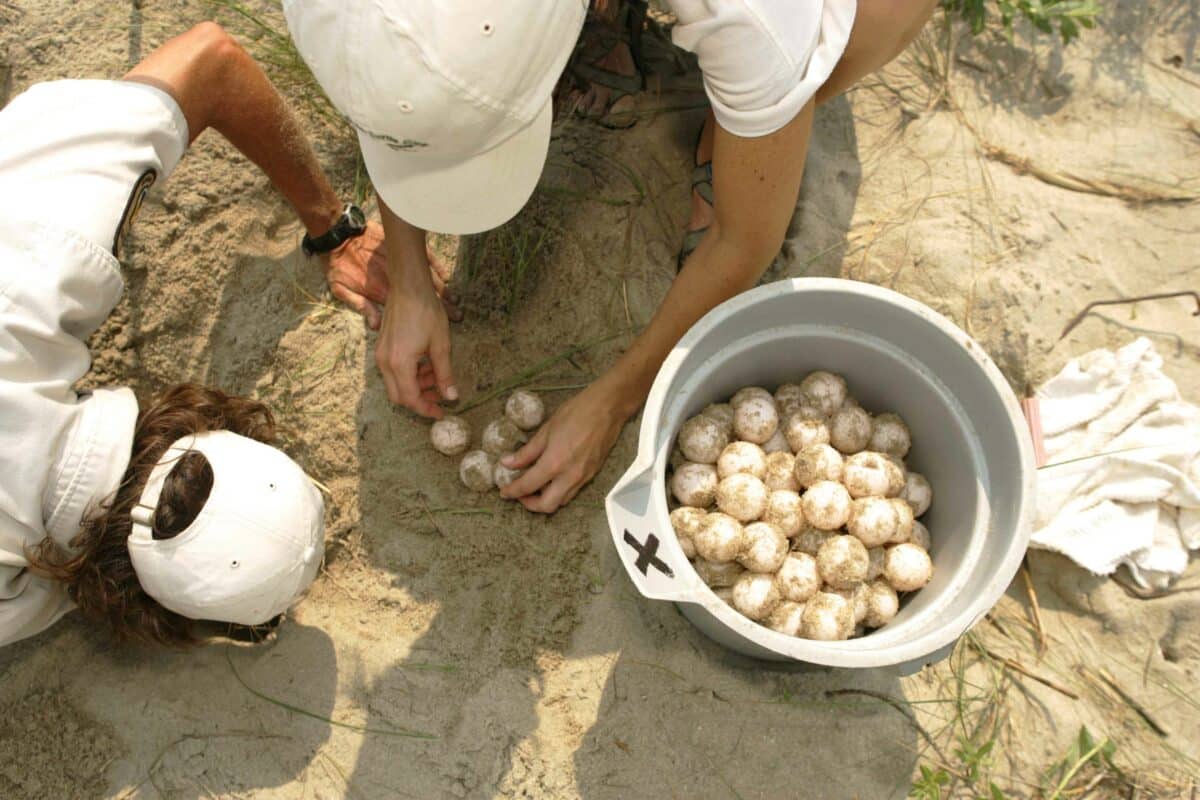
How Dogs’ Noses Serve Humanity and Nature
People have long employed dogs for their renowned olfactory abilities in various sectors. Their noses, which can detect scents at concentrations nearly 100 million times lower than humans, make them invaluable in diverse fields. Dogs excel in search and rescue operations by tracing missing individuals. In the medical field, they’ve shown potential in detecting diseases like cancer. Furthermore, in conservation efforts, they assist in locating endangered species and tracking wildlife. Their remarkable sniffing abilities are an undeniable asset in numerous areas.
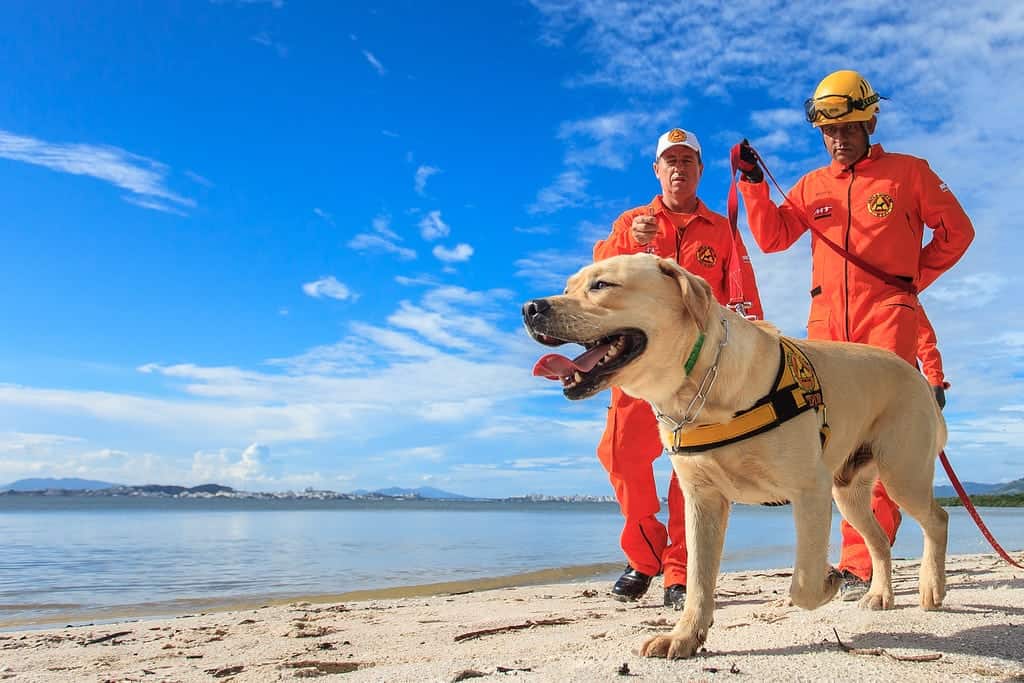
Conclusion
The stories of these turtles and dogs remind us that every creature, irrespective of size or species, has a unique role in our world, and it’s up to us to ensure it remains undisturbed.
You might also enjoy:
Turtle Tally Flies Home to Texas
Humans Help Turtle Escape From Tiger Shark Attack
Turtle Highfives Alligator In Florida
Join our Forum for free today!

- The Bond Between a Wild Baby Bison and Her Rescuer - July 20, 2024
- An Excited Husky’s First Ever Time in Snow - July 20, 2024
- Top 20 Colorful Species To Brighten Your Day - July 14, 2024

